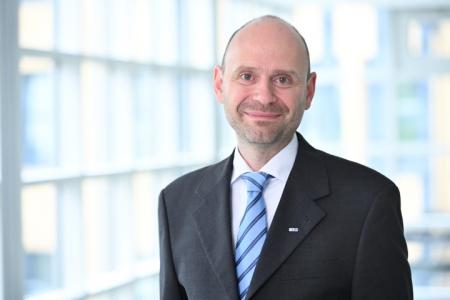Smart lasers
From the fundamentals to the application: we are researching to make lasers more efficient, more robust, and more cost-effective and open up new application areas. Our smart lasers are tailored to the respective application in industry or science, on the moon, or in the deep sea. We map the entire development process and optimize it with our smart optics - always with the goal to build the best laser for the specific challenge.
Your contact person
Dr. rer. nat. Jörg Neumann
Laser development
In laser development, our focus is on compact, robust, and highly specialized lasers that are not commercially available in these specifications. We research novel laser concepts and use partly self-developed components to create precisely fitting solutions. With this fundamental work, we are laying the foundation for ever new fields of application.
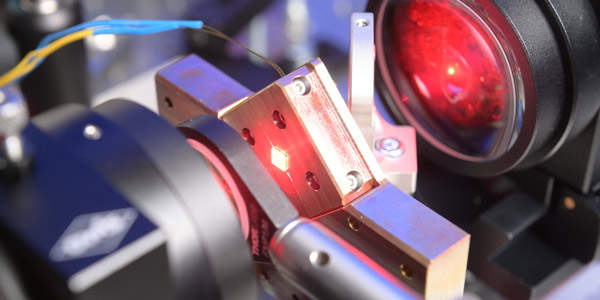
We develop pulsed and continuous emission diode-pumped solid-state lasers and laser amplifiers - often with frequency conversion - for special applications in water, air, or space. To expand the applications of solid-state lasers, we are testing new crystal materials and pumping concepts. We are also working on semiconductor-based lasers for the reliable and cost-effective generation of picosecond pulses without mode locking.
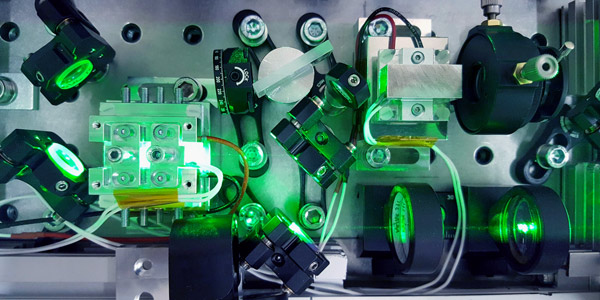
We are working on arrangements for frequency conversion to generate wavelengths in the ultraviolet (UV) and mid-infrared (midIR) range. These open up a range of applications in laser materials processing and spectroscopic techniques. In particular, we aim to extend the lifetime of frequency conversion crystals for the ultraviolet spectral region. Also, we are looking at the generation of supercontinua and their characterization.
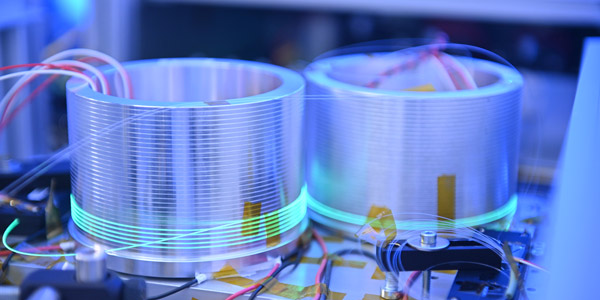
Fiber lasers and fiber amplifier systems are efficient, robust, and cost-effective. We are constantly developing them further to expand their range of applications. For example, we are working on systems with output wavelengths of 1 µm, 1.5 µm and 2 µm as well as single-frequency fundamental mode lasers for optical communication or gravitational wave detection. To accelerate and advance the manufacturing of our highly integrated fiber amplifiers, we are developing our own equipment to produce customized fiber fusion components.
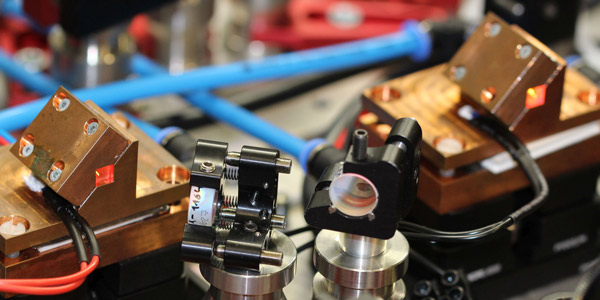
In the field of ultrashort pulse lasers, we develop innovative and compact femtosecond fiber laser oscillators with output wavelengths of 1 µm, 1.5 µm, and 2 µm. We also deal with exotic wavelengths such as 1.7 µm, for example for three-photon microscopy. We develop both fiber- and crystal-based amplifier systems. To generate short pulses with high pulse energy directly from the oscillator, we are also investigating completely new pulse generation mechanisms, for example in Mamyshev oscillators.
Individualized laser systems
We develop lasers fundamentally and create custom-fit lasers for industry or science to push the limits of what is possible. In particular, our expertise lies in lasers for harsh environmental conditions.
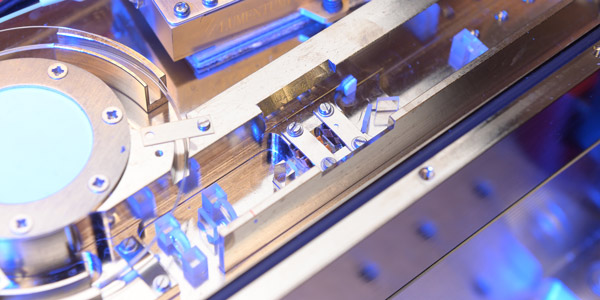
We develop industrially suitable, customized laser systems for special applications, such as airborne LIDAR, medical therapies and diagnostics, and laser material processing. We realize new specifications, not yet commercially available, to use the laser as a tool for entirely new processes. We start with basic feasibility work, transfer the findings into prototypes and accompany the implementation up to market maturity. Of course, we also offer a complete technology transfer to the customer and offer small series production in-house.
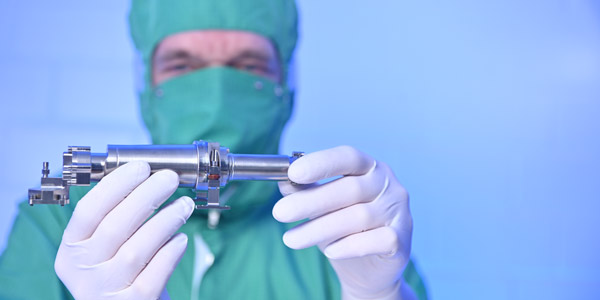
Whether for the deep sea or outer space: we have decades of experience in developing robust lasers for harsh environmental conditions. Our focus is on custom designs for science. For example, we build lasers for spectroscopic methods laser-induced plasma spectroscopy (LIBS) or laser desorption mass spectroscopy (LD-MS). In the future, our LIBS lasers should enable scientific investigations on the deep-sea floor that minimally interfere with the ecosystem. We are also working on lasers for airborne LIDAR systems to survey coastlines and harbor lines with high precision.
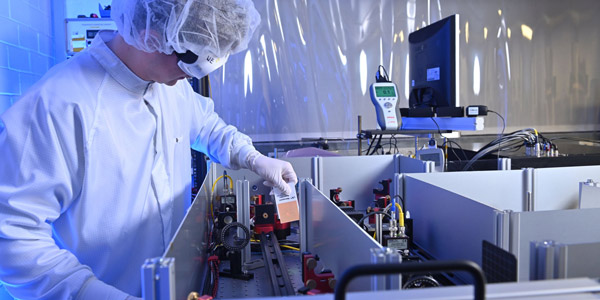
For special applications in science, we develop highly specialized, extremely reliable laser systems. For example, we are working to increase the performance of single-frequency fiber amplifiers and fiber-based laser systems for earth-based gravitational wave detection. Our lasers make specific tasks possible, such as measurements in space, life sciences, the deep sea, or quantum technologies. Often our lasers are unique, but we also manufacture small series.
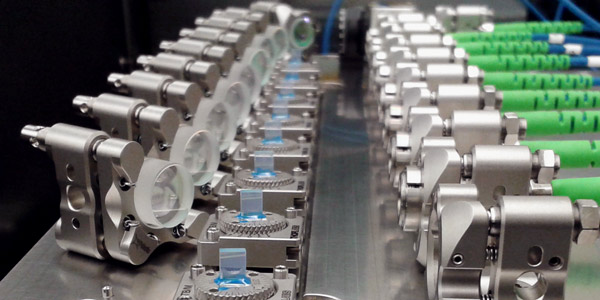
All-optical communication can increase previous data transmission rates by a factor of 10 to 100 to the terabits per second level while improving transmission quality. We are working on amplifier systems for future optical free-space communication. The challenge here is to simultaneously amplify several wavelengths in one amplifier to high power levels. In the future, optical communication systems could be used in aircraft, on high-altitude platforms, or in ground stations for space communications.
Analysis and qualification of lasers
To ensure the functionality of laser systems, we accompany the entire development process from the first paper studies to the ready-to-use laser system. To this end, we use simulations, carry out feasibility studies, test individual components for their function and use environmental tests to ensure that the laser also functions properly outside the laboratory. Furthermore, to meet the constantly increasing requirements, we evaluate our methods and develop them accordingly.
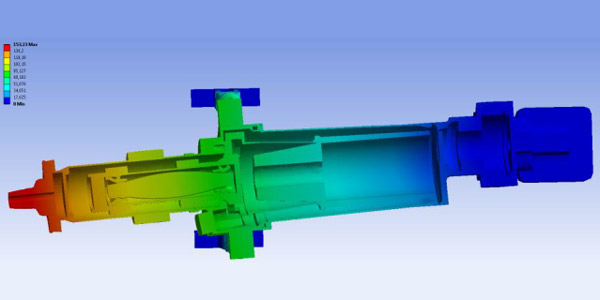
To obtain valid statements on the feasibility and properties before the construction of special lasers, we develop optical designs and simulate laser designs to dimension the laser. Based on this knowledge, we adapt the mechanical design to function reliably even under special environmental conditions. With the optimal design, it is possible to tolerate varying ambient temperatures, for example, so that the function remains unaffected. Our aim is to achieve the highest possible reliability of our lasers.
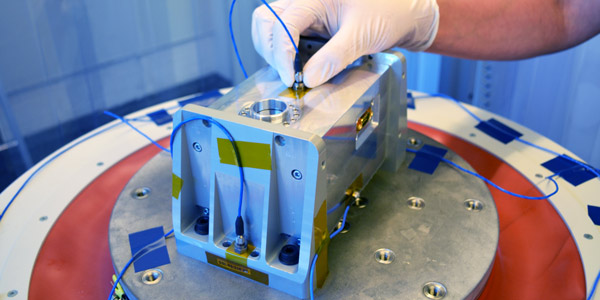
We perform on-site environmental tests to test laser systems or components for their suitability for the specific application. In a thermal vacuum chamber we realize active or passive tests with temperature cycles between -70°C and +150°C. Furthermore, we have a climatic chamber at our disposal, with which we can run temperature cycles even at a defined humidity. In addition, we can use a vibration test stand to check whether the developed laser system can withstand even strong vibrations. This allows us to simulate transport and setup in an industrial environment, but it is also interesting for space technologies. In the process, we continuously adapt our equipment to current standards.
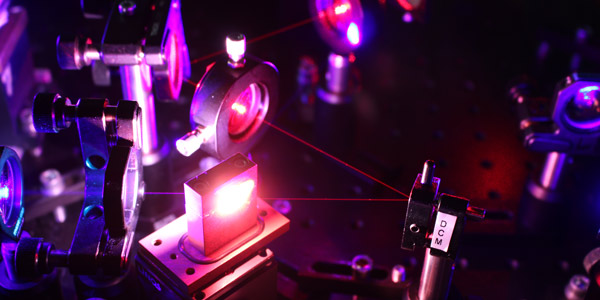
If the simulation is successful, we then carry out feasibility studies to verify the laser design. We select suitable materials and components, build the laser demonstrators in the laboratory and characterize them concerning their properties. If commercially available components are not sufficient for the intended application, we develop our own fiber or other optical components to achieve maximum performance or lifetime.
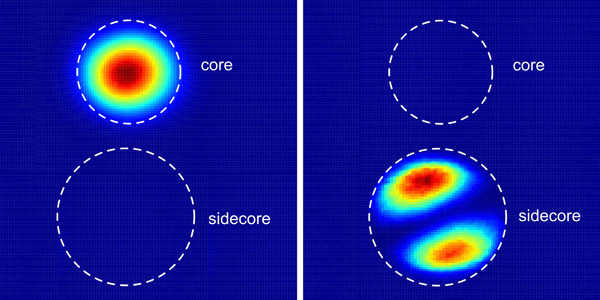
We have a range of state-of-the-art equipment and methods for the optical characterization of laser parameters at our disposal. We use spectrometers to precisely determine output wavelengths. We can measure the power of laser systems in the range from nW to kW, and we also determine the laser beam quality and pulse duration very precisely, thus ensuring the quality of new lasers. In addition, we carry out endurance tests to ensure, even under laboratory conditions, that the lasers will perform their function optimally and permanently.
Process and system development for optical systems
To transform laboratory setups into practical optical systems, we develop corresponding processes and systems. Our focus is on precisely assembling and fixing components in ever-smaller spaces - and thus doing preliminary work for future integrated optics.
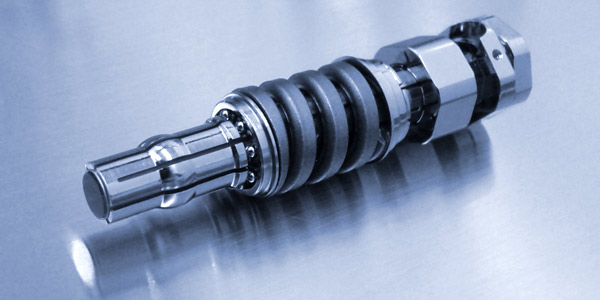
To connect the individual components of the laser systems and anchor them in the housing, we use bonding, clamping, and soldering processes and are constantly developing these further. Secure fixation forms the basis for use in industry and under a wide range of environmental conditions. Our goal is to achieve secure, extremely durable connections even in small spaces.
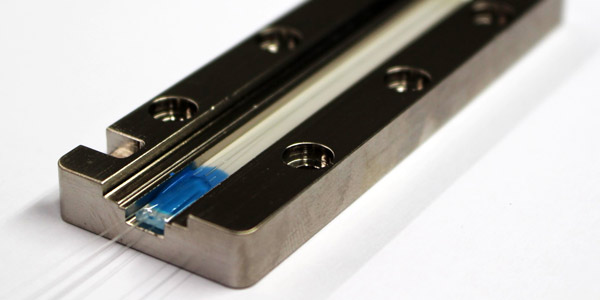
With our pick-and-place system, we can precisely assemble even the smallest optics. We are working on automated processes to reproducibly assemble and optimally adjust laser systems. To ensure connections in ever-smaller spaces, we are developing micro-soldering processes. We are also working on automated fiber coupling to produce corresponding assemblies with high repeatability. In the future, we want to use this to manufacture highly efficient laser systems in a highly compact and reproducible manner.
